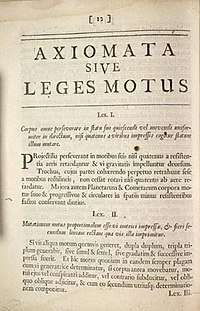- Banned
- #1
Mind boggling to see, but why does the pendulum swing independent of the earth's rotation?
Follow along with the video below to see how to install our site as a web app on your home screen.

Note: This feature currently requires accessing the site using the built-in Safari browser.

